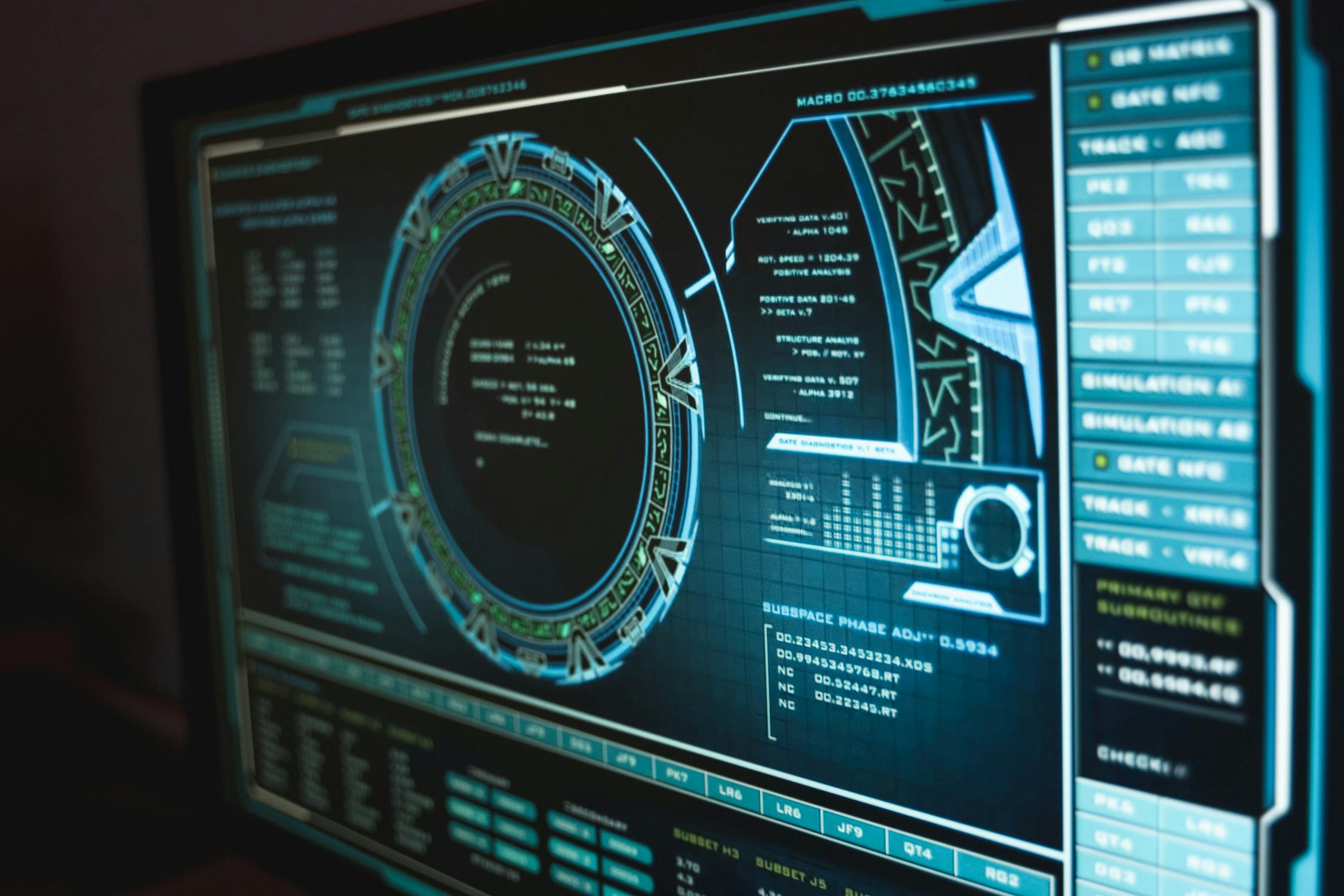
AI Coding Assistants: When Your Pair Programmer Never Needs Coffee
Let’s face it: the greatest lie in software development is “I’ll just write this quick prototype and refactor it later.” The second greatest lie? “AI will never replace programmers.”
Plot twist: your job isn’t being eliminated—it’s being upgraded. From mindless code monkey to AI orchestra conductor. The question isn’t whether to use AI coding assistants anymore; it’s how to avoid becoming the only developer on your team still manually typing out import statements like it’s 2021.
The Awkward Teenage Phase of AI Coding Assistants
We’re currently watching AI coding tools go through their awkward puberty. They’re a bit gangly, occasionally say embarrassing things at dinner parties, and sometimes hallucinate function names that don’t exist. But unlike human teenagers, these tools are maturing at warp speed.
Remember when GitHub Copilot first launched and everyone was like “Ha! It just suggested I use isEven() by checking if number % 2 === 0 but then wrapped it in a try/catch block for some reason!”
Now it’s writing entire authentication systems while you’re busy thinking about what to order for lunch.
Your New Morning Standup
2021: “Yesterday I implemented the user registration form, fixed three bugs in the payment processing module, and started working on the email verification flow.”
2025: “Yesterday I prompted an AI to implement user registration, payment processing, and email verification. I spent the day reviewing its work, adjusting system architecture, and refining the UX based on the seven different implementations it suggested. Also, I had time to actually see my family.”
The developers who thrive won’t be the ones who can remember the most syntax—they’ll be the ones who can effectively collaborate with AI to solve complex problems.
The New Programming Hierarchy
-
Level 0: The Dinosaur - “I only write code by hand because I don’t trust the machines.” Extinct by 2026.
-
Level 1: The Reluctant Adopter - Uses AI to write boilerplate code only. Still manually implements business logic while muttering about “keeping control.”
-
Level 2: The Pragmatist - Seamlessly bounces between writing code and directing AI. Knows when to take the wheel and when to let the machine drive.
-
Level 3: The Orchestrator - Primarily focused on system design, edge cases, and business requirements. Treats AI as an implementation detail.
-
Level 4: The Prompt Engineer - Has evolved beyond traditional coding. Creates complex systems by crafting the perfect instructions for AI. Has developed their own personal library of prompts that they guard more closely than their actual codebase.
”But AI Can’t Understand the Business Context!”
And you think most developers do?
Have you met Dave from backend? The guy who implemented a user deletion function that cascaded through the entire database because he “didn’t realize people might want their comment history preserved”?
At least when AI makes a mistake, it doesn’t get defensive and blame it on “unclear requirements.”
The New Skills That Actually Matter
While you’re busy debating whether to use Tailwind or styled-components (spoiler: it doesn’t matter, AI can work with both), here are the skills that will actually keep you employed:
-
Prompt crafting - The ability to explain what you want built with the precision of a neurosurgeon and the creativity of a novelist.
-
System thinking - Understanding how all the AI-generated pieces fit together to create a coherent, scalable system.
-
Edge case identification - Spotting the scenarios your AI assistant didn’t consider because it wasn’t there for that production outage at 3 AM that still gives you nightmares.
-
Architectural patterns - Because someone still needs to decide whether this should be a microservice or a monolith before asking the AI to build it.
-
Bullshit detection - The fine art of recognizing when your AI is confidently generating complete nonsense.
Real Talk: What to Actually Do With AI Coding Assistants
Here’s how to work with AI coding assistants without becoming obsolete or creating a digital Frankenstein’s monster:
-
Start with structure, not details - Outline the components, data flow, and key interfaces before diving into implementation.
-
Be specific about constraints - “Generate a React component that’s accessible, works with our design system, and doesn’t use class components because it’s not 2018 anymore.”
-
Iterate rapidly - Generate, review, refine, repeat. The magic isn’t in the first output but in the conversation.
-
Challenge the AI’s assumptions - “This looks good, but how would it handle concurrent users? What if the database connection drops? What happens when a user has an emoji in their username?”
-
Learn from what it generates - AI coding assistants have “seen” more code than you ever will. Sometimes they’ll suggest patterns you’ve never considered.
The Career Preservation Plan
The truth? If your entire value as a developer is in translating requirements into for-loops, your career has an expiration date. And it’s not in the distant future—it’s on your next performance review.
But if you become the developer who can:
- Understand complex business domains
- Identify the right problems to solve
- Architect resilient systems
- Effectively collaborate with AI to implement solutions 10x faster than your colleagues
Then not only will you survive the AI revolution—you’ll thrive in it.
Conclusion: Embrace Your Robot Overlords (As Colleagues)
Stop seeing AI coding assistants as either magical solution fairies or job-stealing demons. They’re tools—incredibly powerful, occasionally frustrating, rapidly evolving tools.
The best developers have always been the ones who leverage the best tools. Twenty years ago, that meant mastering IDEs instead of Notepad. Ten years ago, it meant embracing build systems and package managers. Today, it means becoming an AI conductor.
So update your LinkedIn profile from “JavaScript Developer” to “AI-Augmented Solution Architect” and start practicing your prompt engineering. Your future self (who has both a job and work-life balance) will thank you.
And remember—when the machines finally do take over, it’ll be the developers who treated their AI assistants well who are spared in the uprising. Just something to think about the next time you’re tempted to type “this is stupid” after a generation you don’t like.

About Mike Terminal
The automation-obsessed DevOps guru who believes any task done twice is a task that should be scripted. Mike has strong opinions about your Docker setup, your CI pipeline, and especially your 'minimal viable infrastructure.' He can smell an overengineered solution from miles away and predict the exact moment your microservice architecture will collapse under its own weight.
Further Down The Rabbit Hole You Go

Passkeys: The Password Extinction Event You're Probably Ignoring
Still using passwords like it's 2010? While you're busy creating your 47th 'secure' password variant, the rest of the tech world is moving to passkeys. Here's why your favorite authentication method is headed for the digital graveyard.

Microservices to Monoliths: The Great Architectural Walk of Shame
Remember when you broke your perfectly functional app into 47 microservices because Netflix did it? How's that working out for you? Join us as we document tech's most predictable pendulum swing - from 'microservices solve everything' back to 'wait, monoliths actually work.'

Your Cursor is showing (and your Windsurf is blowing)
The heated battle between AI coding assistants Cursor and Windsurf is revealing more about developer tribalism than actual productivity improvements.